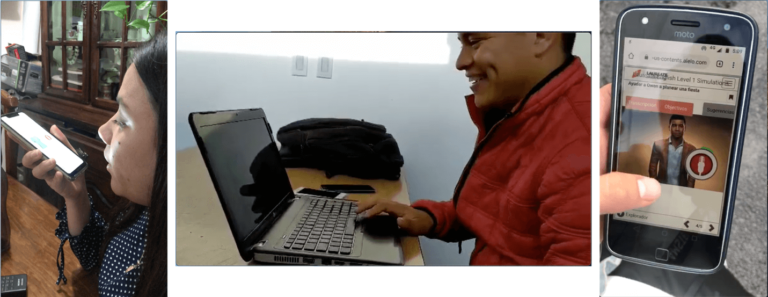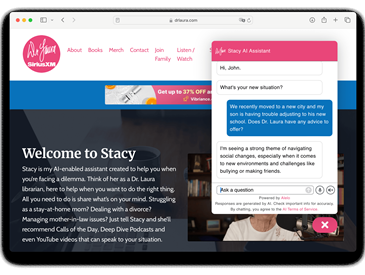
Although students are returning to class, the impact of COVID-19 on teachers and students is still being felt. According to UNESCO, 875 million students worldwide, 50% of the total, are still affected by school closures. Students who are returning to school are suffering the effects of school closures earlier in the year. The pandemic has revealed, and exacerbated, the inequities that hold many students back. The Brookings Institution predicted earlier in the year that when students return to class in September, some students will be working at their grade level, while other students will have lost a full year of achievement.
Teachers now face the challenge of working with classes that contain students with diverse levels of achievement. Meanwhile, many schools have shifted from conventional classroom instruction to remote learning and hybrid learning. This makes the challenge that much harder. It is difficult for teachers to devote attention to in-class students and remote students at the same time. Some students will not get the attention they need and fall farther behind.
In our recent webinar, we discussed how artificial intelligence (AI) can help students get on track and keep on track. AI can provide asynchronous learning activities that are personalized to the needs of students who have lost ground during the lockdown. It provides teachers with analytics that give insights into how each learner is performing and progressing. These capabilities are illustrated in the Enskill AI-driven learning architecture, which we have enhanced to address the needs of students and teachers during the pandemic.
Enskill supports students who are learning new skills as well as students who are recovering the skills that they have lost. Students practice their communication skills with AI-driven avatars in simulations of real-world conversations. They get automatically generated feedback on their performance, and individualized lessons focusing on the topics they need to work on. These conversations are non-linear, allowing learners to explore saying different things. Students who practice repeatedly quickly regain the proficiency that they have lost.
AI-generated analytics provide teachers with unprecedented insights into how learners are progressing, and help them identify which students are struggling and who may be losing motivation. Teachers see how much time each student has spent practicing, and see their progress along multiple dimensions including fluency, accuracy, and autonomy. Analytics reveal different categories of underperforming students: students who are disengaged, students who are applying effort but are failing to make progress, and students who are progressing but are not yet performing at the level at which they are capable.
Teachers are very busy right now, and some may not have had time to attend the webinar. We therefore have scheduled an additional webinar session on Friday, October 2, at 10:00 AM Pacific Time. We encourage teachers to attend so that we can discuss the challenges teachers are facing, and how AI can help them.


